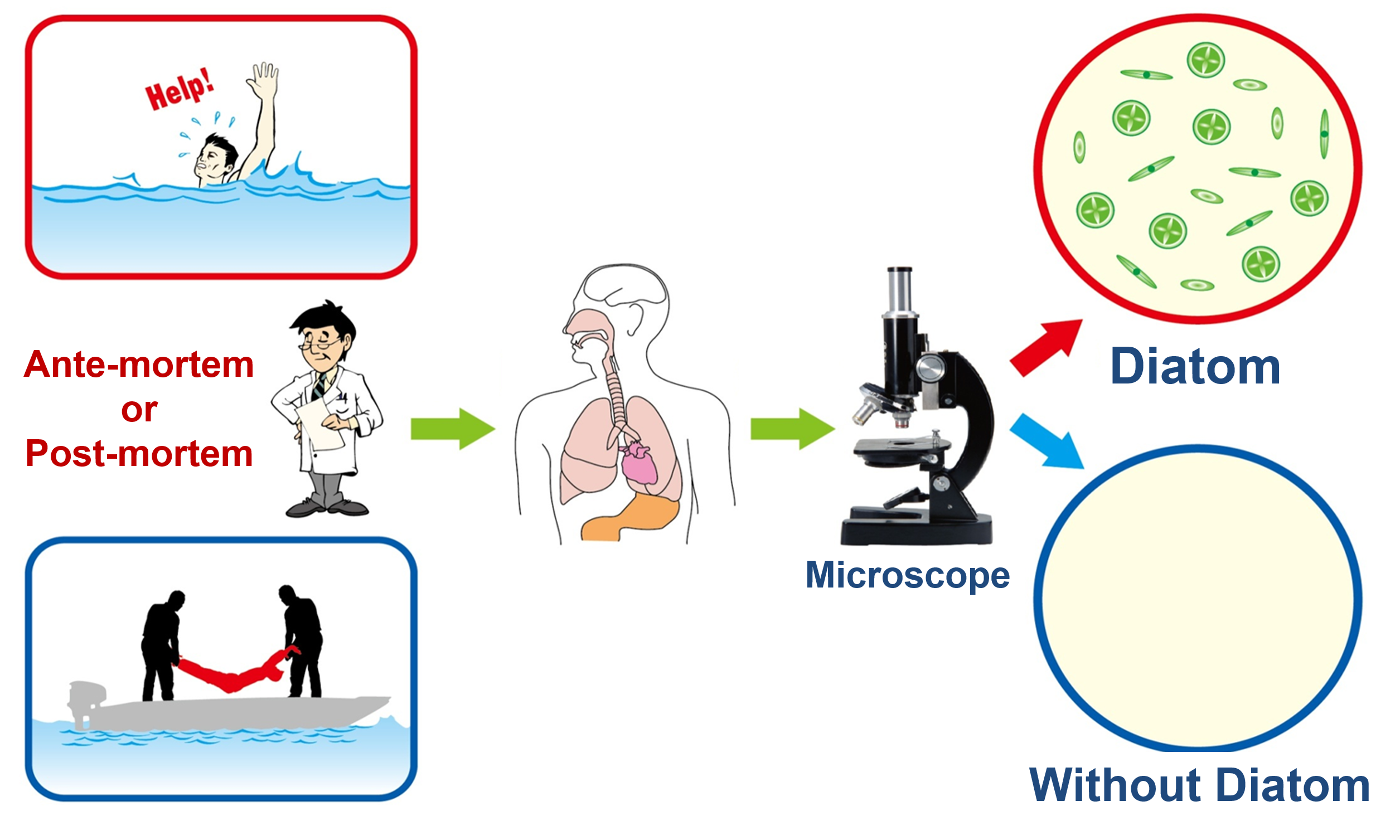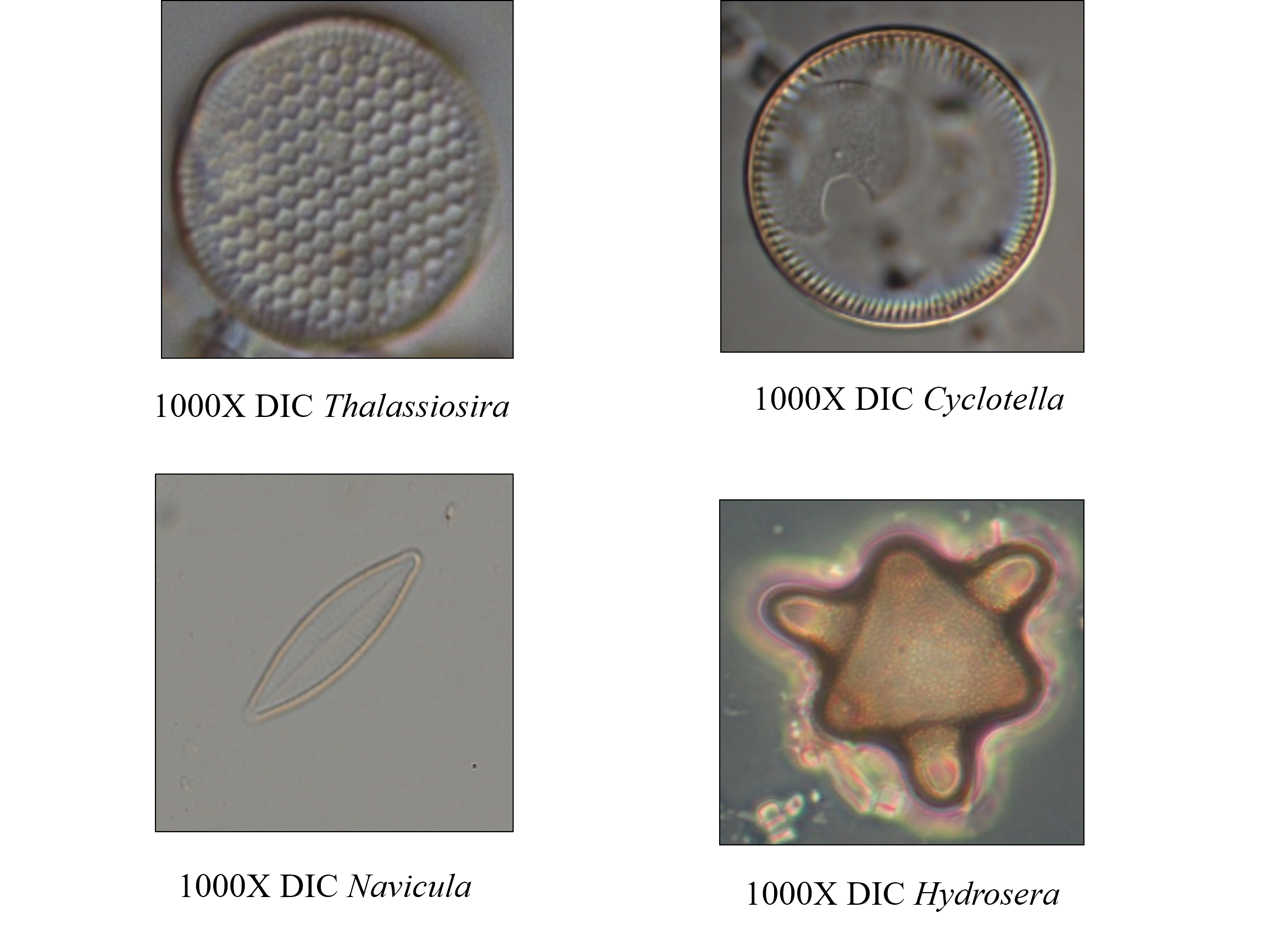Main Works
- Publication Date:
- Last updated:2021-03-29
- View count:577
The major duties of the Forensic Biology Division concerns the identification of unknown bodies in judicial cases and the examination of forensic evidences, including tissue, bone, saliva, semen, blood, urine, hair, and sphenoid sinuses, as requested by district courts, prosecutors offices, and other agencies. The purposes of conducting such examinations include paternity testing, unidentified bodies identification, relationship testing, criminal evidence identification, species identification and diatoms identification. The results provide the medical examiner to determine the cause of death and whether a suspect is indeed involved in a case. Given the significance of the job, forensic scientists always work on their toes with extreme detail orientation and rigorous self-discipline only to provide the most accurate, precise, and professional results to judicial agencies.
1.Responsibilities of the Forensic Biology Division:
1.1 To implement the human identification assigned by the district prosecutors office.
1.2 To implement the identification of the relationship case.
1.3 To implement the identification of forensic evidences assigned by the district courts or prosecutors office.
1.4 To implement the identification of unidentified bodies assigned by judicial agencies.
1.5 To compare people with unidentified bodies.
1.6 To implement the identification of the deceased from Taipei City Teaching Hospital Replics Contact Center.
1.7 To implement the identification of missing children of The Child Welfare League Founfation.
1.8 To maintain the task of the accreditation of DNA laboratory.
2.DNA Kinship Testing
2.1 Human DNA profile is a combination of alleles passed down from the father and mother. The biological parents pass on half of their genetic information to their offspring. Therefore, a kinship test compares a unidentified bodies (or missing person) STR DNA pattern with that of the alleged parents、child、brother or sister to identify for the biological relationship.
2.2 DNA Kinship Testing, autosomal STR loci including D8S1179, D21S11, D7S820, CSF1PO, D3S1358, TH01, D13S317, D16S539, D2S1338, D19S433, VWA, TPOX, D18S51, D5S818, FGA, and Amelogenin.
3.DNA Patrilineal Testing
3.1 The Y chromosome is passed from father to son. Human Y-chromosome DNA which is paternally inherited enables patrilineal kinship of father to be traced through Y-STR analysis. Therefore, a patrilineal testing compares a unidentified bodies (or missing person) Y-STR DNA haplotype with that of the alleged father、son、brother、uncle or grandfather to identify for the Patrilineal relationship.
3.2 DNA Patrilineal Testing, Y-STR loci including DYS19, DYS385, DYS388, DYS389I, DYS389II, DYS390, DYS391, DYS392, DYS393, DYS437, DYS438, DYS439, DYS448, DYS456, DYS458, DYS635, and Y_GATA_H4.
4.DNA Maternity Testing
4.1 In fertilization, the sperm mitochondria do not enter the ovum. Therefore, the offspring completely was inherited the mitochondrial DNA from biological mother. mitochondrial DNA which is maternity inherited enables maternity kinship of mother to be traced through mitochondrial DNA sequencing analysis. In addition, each cell contains up to 1000 mitochondria and thence mitochondrial DNA is suitable for forensic analysis in low copy number and degraded samples. Therefore, a maternity testing compares a unidentified bodies (or missing person) mitochondrial DNA haplotype with that of the alleged mother、child、brother、sister or grandmother to identify for the maternity relationship.
4.2 DNA Maternity Testing, mitochondrial DNA including HV1 and HV2 regions.
5.Diatoms Testing
River or sea contain different kinds of diatoms. Therefore, diatoms analysis can identify drowning or dumping cases (Figure 1). Diatom cell wall which contain Silicon oxide (SiO2) can resist strong acid. The transparent type of diatom can be seen under a differential interference contrast microscope (Figure 2).

Figure1: General concepts of diatom testing in cause of death investigation

Figure 2:Diatoms under differential interference contrast (DIC) microscope

